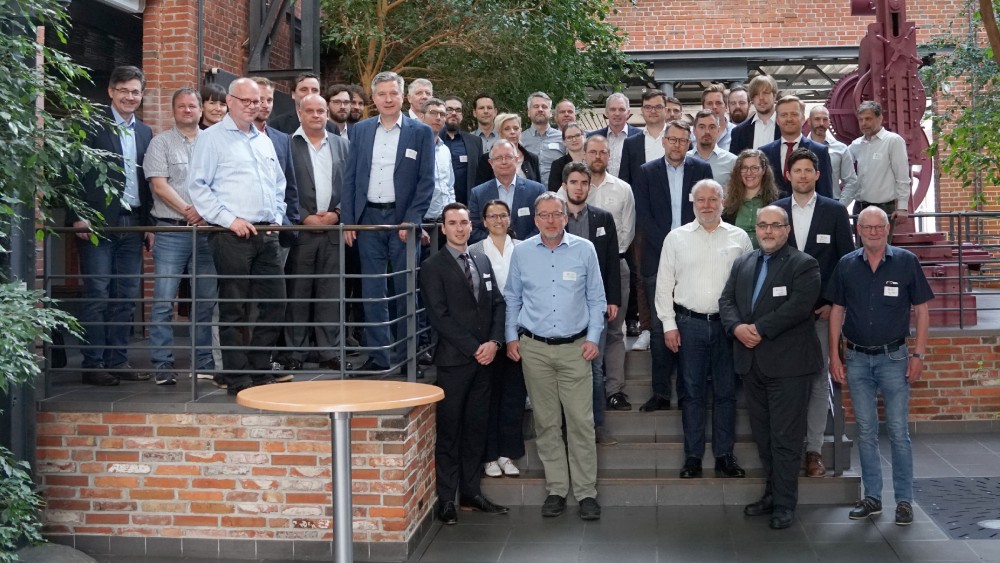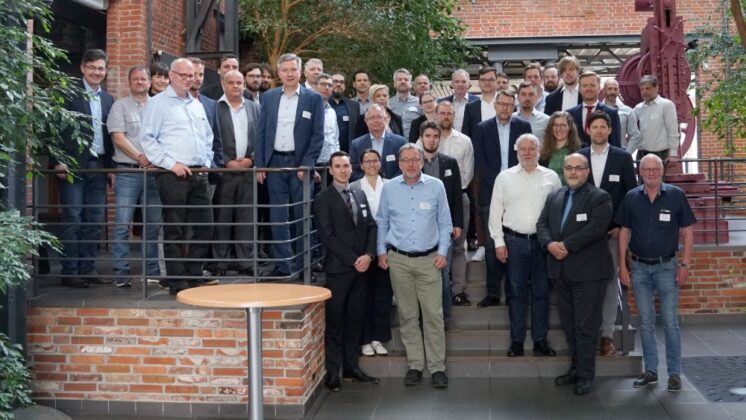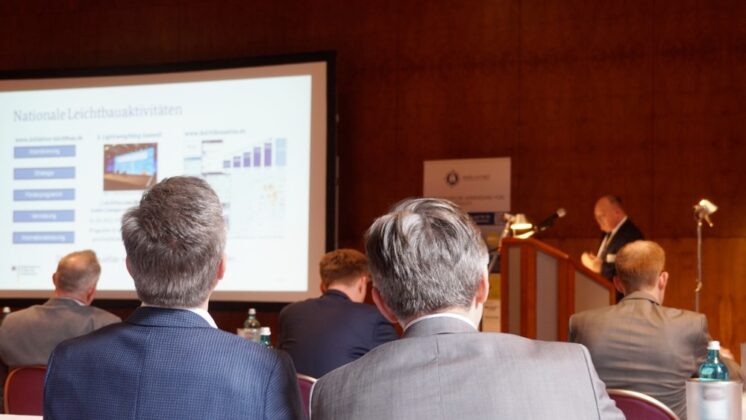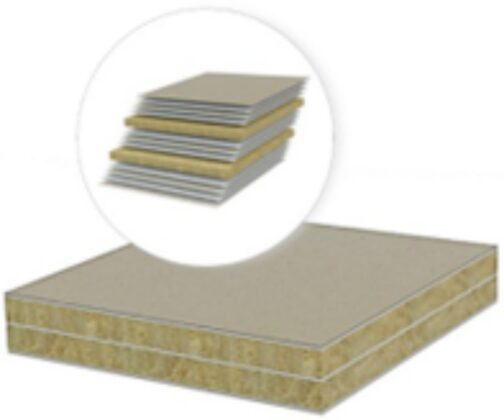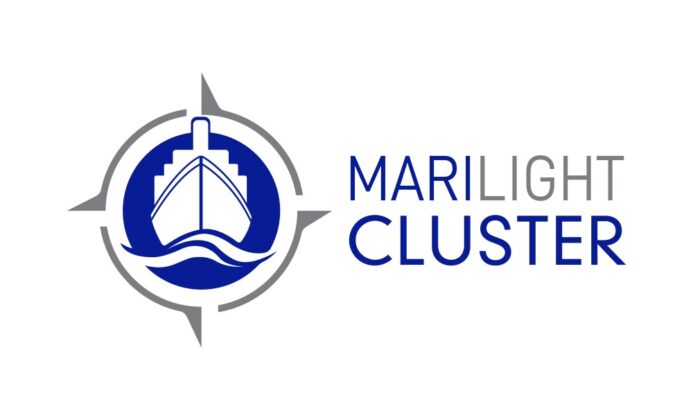The MariLight network in the German Shipbuilding and Ocean Industries Association (VSM) brings together stakeholders who are driving forward the use of lightweight construction in the maritime industry
The Federal Ministry of Economics and Climate Protection (BMWK) attributes a game-changer role to the cross-sectional technology of lightw[ds_preview]eight construction. In the future, it will play a significant role in securing competitiveness and jobs and implementing environmental and climate protection even better. BMWK launched the Technology Transfer Programme for Lightweight Construction (TTP LB) to stimulate the application of lightweight construction.
This key technology also offers the maritime sector great potential, which can be used to meet future challenges with the help of cooperation, technology transfer and targeted research and development. To accelerate and support this process, the now established maritime lightweight network MariLight.Net was launched in 2019. It is organised within the German Shipbuilding and Ocean Industries Association (Verband für Schiffbau und Meerestechnik) by the Center of Maritime Technologies (CMT). It is a central hub for the expansion of industry-wide expertise.
The expansion of the lightweight construction network MariLight into an innovation cluster is part of the »MariLightCluster« project, which has been funded since July 2021 as part of the Technology Transfer Programme for Lightweight Construction (TTP LB) of the Federal Ministry of Economics and Climate Protection (BMWK). The focus here is mainly on technology development and transfer, as well as the development of innovative concepts for maritime lightweight construction.
MariLightCluster actively promotes cross-sectoral knowledge transfer by networking shipyards and suppliers with industrial companies, material manufacturers and research institutions that already use fibre composites and corresponding joining methods or other relevant lightweight construction technologies. This is done, among other things, through regular targeted specialist events such as workshops to promote technology transfer, for example, with experts from aviation, rail vehicle construction and civil engineering.
Existing needs, potentials and still existing hurdles for maritime lightweight construction are identified and analysed, among other things, within the framework of regularly meeting working groups on relevant specialist topics. The knowledge gained in this way will be considered during the project in a specifically developed strategic roadmap, which will show an in-depth analysis and prioritisation of necessary steps to increase the application density and innovative strength of maritime lightweight construction.
MariLightCluster also functions as a platform for exchanging knowledge and experience on maritime lightweight construction: In addition to regularly published member portraits, MariLight participants share their perspectives on lightweight construction and provide food for thought and best practice examples to highlight successful lightweight construction applications.
Numerous opportunities for communication and networking with experts from the shipbuilding industry and other sectors are offered annually by the MariLight overall network meeting, which was able to take place again as a face-to-face event for the first time in May 2022.
The venue for the 2022 network meeting was the »Forum Alte Werft« in Papenburg, a historic place full of maritime history. In the conference rooms of the adjacent former mechanical engineering hall of the Meyer shipyard, everything revolved around lightweight construction for two days.
In addition to a varied programme of lectures highlighting current innovations in lightweight construction and examples of successful technology transfer, the event included an exhibition area where research institutions and companies presented themselves and their lightweight construction solutions. All participants used Breaks in the event extensively to gather information and expand their networks.
Before all visitors headed home with new input, the successful network meeting was rounded off by an informative visit to the nearby Meyer Werft shipyard.
Best practice excursion
The production and distribution of ultra-light, non-combustible, composite sound- and heat-insulating sandwich panels, which are used in shipbuilding as well as in the offshore and onshore sector for interior partition walls, ceilings, floating floors and other room construction elements, form the field of activity of MariLight member CBG Composites GmbH, based in Wipperfürth (NRW). These panels are based on a patented use of endothermic technologies in combination with the processing of almost 100% natural, sustainable, recyclable, non-organic materials.
This best-practice example highlights the successful development process of the SeaPan FF 30/60 floating sandwich panel, which is used, among other things, to produce floors in shipbuilding.
Traditionally manufactured, floating A-60 floors are usually multi-layer constructions that must be produced manually and with great effort. They are often heavy with a weight per unit area of 30–40 kg/m² and thickness dimensions of 70 mm or more, which is very space-consuming.
Challenges
The challenge here is to develop thinner, lighter, less complex, and operational constructions that meet the MED‘s valid requirements (Marine Equipment Directive). This certified product fully covers the fire resistance requirement of the A-60 standard specified by the legislator for floating floors. In addition to being highly fire-retardant, the panel is far lighter and thinner than traditionally manufactured floor panels, with a weight of 12.5 kg/m² and a thickness of 30 mm.
Along the solution path, the ideal constructive and technological composition of the materials used, in combination with the conferral of endothermic properties for the construction, has been determined. In doing so, CBG Composites GmbH draws on several years of experience in the development, production and distribution of sandwich panels in shipbuilding and unerringly works out a suitable choice of materials.
The specific requirements related to the intended use of the end product were the heat-shock-free installation of panels and the optimum distribution of forces acting at specific points.
The heat-shock-free installation was solved with the help of a change in the constructive design of the panel shape, and the use and constructive adaptation of an optional load distribution plate fulfilled the requirements of the force distribution.
The panel created during development is made from several layers in a sandwich process using special presses. The panel is robust, has a flat and smooth surface and can be adapted with millimetre precision directly on site using conventional cutting tools.
By the advantages listed, CBG Composites sees excellent sales potential in developing and completing the panel described. The use of the »CBG SeaPan FF 30/60« panel saves approximately 20 kg to 30 kg of weight per square metre of built-up floor and could thus lead to savings of approximately 600 t to 900 t in the construction or renovation of a cruise ship (assumption: 30,000 m² of floor covering), calculates Alexander Lebedev, Director Sales and Marketing at CBG Composites.
Technology transfer on 08 October
Experts from industry and science will once again provide an insight into successful lightweight construction applications in various fields at the second technology transfer workshop of the MariLightCluster project, which will take place in Hamburg on 19 October 2022. CMT invites the MariLight network partners and all stakeholders interested in maritime lightweight construction to an event for cross-sector exchange. More event details will follow in the event calendar at www.marilight.net.
MariLight at SMM 2022
As part of the Green Transition Stage, the Center of Maritime Technologies will present the network and research and innovation projects of individual partners on the third day of SMM from 11:30 am to 12:30 pm. ED




